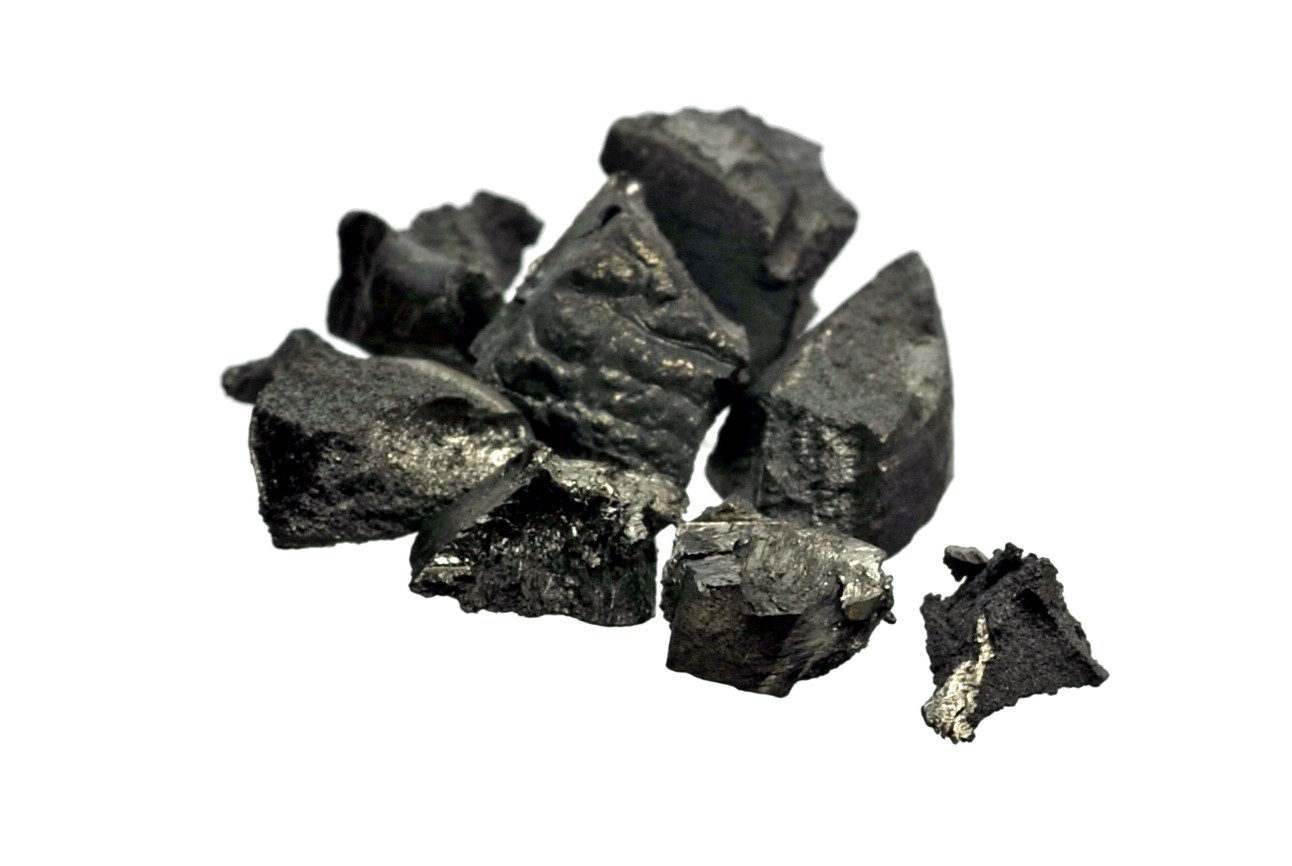
Dysprosium might sound like a word from a sci-fi novel, but it's actually a fascinating element on the periodic table. Found in the lanthanide series, this rare earth metal has some pretty cool uses and properties. Did you know that dysprosium is crucial for making powerful magnets? These magnets are used in everything from wind turbines to electric vehicles. But that's not all—dysprosium also plays a role in nuclear reactors and even in laser materials. Its unique characteristics make it a valuable resource in modern technology. Ready to learn more? Here are 50 intriguing facts about dysprosium that will blow your mind!
Key Takeaways:
- Dysprosium, a rare earth element, has unique properties and uses, such as being highly magnetic and used in electric vehicles. It's named after the Greek word "hard to get" and is crucial for future technologies.
- China is the largest producer of dysprosium, but efforts are being made to find alternative sources and improve recycling methods. Ongoing research aims to reduce dependency and ensure a stable supply for future applications.
What is Dysprosium?
Dysprosium is a rare earth element with the symbol Dy and atomic number 66. It is part of the lanthanide series and has some fascinating properties and uses. Let's dive into some intriguing facts about this lesser-known element.
Basic Properties of Dysprosium
Understanding the basic properties of dysprosium can give us a better appreciation of its unique characteristics.
- Dysprosium is a silvery-white metal that is relatively soft and can be cut with a knife.
- It has a high melting point of 1,407 degrees Celsius (2,565 degrees Fahrenheit).
- The element has a boiling point of 2,567 degrees Celsius (4,653 degrees Fahrenheit).
- Dysprosium is highly magnetic, making it useful in various technological applications.
- It is not found free in nature but is extracted from minerals like xenotime and monazite.
- The element is named after the Greek word "dysprositos," meaning "hard to get."
Historical Background
The history of dysprosium is as intriguing as its properties.
- Dysprosium was discovered in 1886 by French chemist Paul Émile Lecoq de Boisbaudran.
- It took several decades after its discovery to isolate dysprosium in its pure form.
- The element was first isolated by using ion-exchange techniques in the 1950s.
- Dysprosium's rarity made it a subject of interest among early chemists and mineralogists.
Chemical Behavior
Dysprosium's chemical behavior sets it apart from other elements.
- Dysprosium reacts slowly with oxygen at room temperature, forming a protective oxide layer.
- It dissolves readily in dilute or concentrated acids, releasing hydrogen gas.
- The element forms compounds with various oxidation states, most commonly +3.
- Dysprosium compounds are typically pale yellow or green in color.
- It can form alloys with other metals, enhancing their properties.
Applications of Dysprosium
Dysprosium's unique properties make it valuable in several high-tech applications.
- It is used in the manufacture of high-performance magnets, especially in electric vehicles.
- Dysprosium is a key component in the production of laser materials.
- It is utilized in nuclear reactors as a neutron absorber.
- The element is used in data storage devices, such as hard disk drives.
- Dysprosium is also employed in lighting, particularly in metal-halide lamps.
Environmental and Biological Aspects
Dysprosium's interaction with the environment and living organisms is worth noting.
- Dysprosium is not considered highly toxic, but it should be handled with care.
- The element does not play a known biological role in humans or animals.
- It can accumulate in the environment, particularly in soil and water.
- Dysprosium mining and refining can have environmental impacts if not managed properly.
- Recycling dysprosium from electronic waste is becoming increasingly important.
Interesting Facts
Here are some fun and lesser-known facts about dysprosium.
- Dysprosium has one of the highest magnetic strengths among all elements.
- It is used in the production of Terfenol-D, a magnetostrictive alloy that changes shape in a magnetic field.
- Dysprosium is often alloyed with neodymium to improve the performance of magnets at high temperatures.
- The element is used in dosimeters to measure ionizing radiation exposure.
- Dysprosium iodide is used in high-intensity discharge lamps, providing bright white light.
Global Production and Supply
The production and supply of dysprosium are crucial for its various applications.
- China is the largest producer of dysprosium, accounting for most of the global supply.
- The element is primarily extracted from bastnäsite and monazite ores.
- Dysprosium prices can fluctuate significantly due to supply and demand dynamics.
- Efforts are being made to find alternative sources and improve recycling methods.
- The U.S. and other countries are exploring ways to reduce reliance on Chinese dysprosium.
Future Prospects
The future of dysprosium looks promising with ongoing research and development.
- Advances in electric vehicle technology are expected to increase demand for dysprosium.
- Research is being conducted to develop dysprosium-free magnets to reduce dependency.
- New applications in quantum computing and advanced electronics are being explored.
- Improved extraction and refining techniques could make dysprosium more accessible.
- International collaborations aim to ensure a stable and sustainable supply of dysprosium.
Fun Facts
Let's wrap up with some fun and quirky facts about dysprosium.
- Dysprosium has a density of 8.54 grams per cubic centimeter, making it denser than iron.
- The element is used in the production of compact fluorescent lamps (CFLs).
- Dysprosium can be found in some types of glass, enhancing their optical properties.
- It is used in the production of certain types of ceramics and glass.
- Dysprosium is a component in some types of infrared lasers.
- The element is used in the production of certain types of superconductors.
- Dysprosium is sometimes used in the production of specialized alloys for aerospace applications.
- It is used in the production of certain types of catalysts.
- Dysprosium is a component in some types of medical imaging devices.
- The element is used in the production of certain types of batteries.
The Final Word on Dysprosium
Dysprosium, a rare earth element, plays a crucial role in modern technology. Its unique properties make it indispensable in various applications, from strengthening magnets to improving nuclear reactors. Despite its rarity, dysprosium's impact on our daily lives is significant. It helps power electric vehicles, enhances wind turbines, and even contributes to medical imaging. Understanding these facts about dysprosium not only highlights its importance but also underscores the need for sustainable mining practices. As technology advances, the demand for dysprosium will likely increase, making it essential to find efficient ways to utilize and recycle this valuable element. So, next time you use a device with a powerful magnet or benefit from clean energy, remember the small but mighty role dysprosium plays. This knowledge not only enriches our appreciation for modern conveniences but also encourages responsible use of natural resources.
Frequently Asked Questions
Was this page helpful?
Our commitment to delivering trustworthy and engaging content is at the heart of what we do. Each fact on our site is contributed by real users like you, bringing a wealth of diverse insights and information. To ensure the highest standards of accuracy and reliability, our dedicated editors meticulously review each submission. This process guarantees that the facts we share are not only fascinating but also credible. Trust in our commitment to quality and authenticity as you explore and learn with us.


